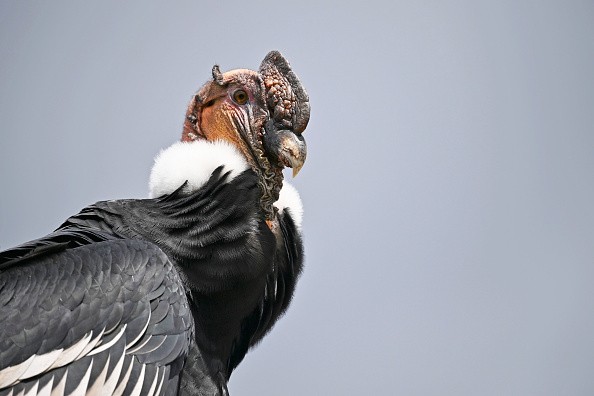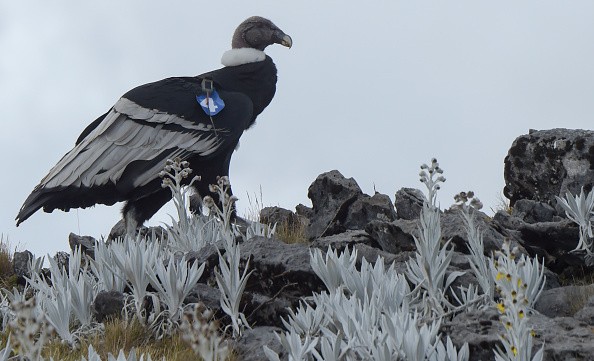The California condor is North America's biggest flying bird, with a 10-foot wingspan that allows it to soar to 15,000 feet - roughly half the height of a commercial airliner. Aside from their amazing flying capabilities, female condors are also highly-regarded for their rare ability to procreate without a male partner.
It has been discovered that their females can procreate without a male partner, a rare phenomenon referred to as parthenogenesis.

Determining the Sex of Wild Condors
The recent discoveries have been described as a "eureka moment" by Oliver Ryder, director of conservation genetics at the San Diego Zoo Wildlife Alliance. Many scientists have experiences like this when they view the world in a different way, says Ryder, who co-authored a paper documenting the finding, which was published in late October.
For almost a century, condors have been endangered. As Europeans colonized the west, they shot, poisoned, and trapped condors, gathered their eggs, and depleted the condors' food source of antelope, elk, and other big wild animals.
Their population decreased until just 22 animals remained in 1982, but a state-led recovery effort has successfully bred the creatures back from the brink since then.
The San Diego Zoo was charged with creating a test to detect the sex of the few surviving wild condors, which were finally all taken into the care of two captive breeding areas, and the road that led to the discovery of the condor's asexual reproduction started in the 1980s as well.
Parthenogenesis in Condors
In order to minimize inbreeding, Ryder said the zoo continues to employ DNA testing to establish the condors' family links. Scientists recently decided to carry out a full genetic investigation of the population, which had risen to over 900 birds.
Condor samples, including blood, eggshell membrane, tissue from dead birds, and feathers, were gathered during the course of the program's 30-plus-year lifespan.
There were two obvious incidents after the scientists finished their examination that suggested something was wrong.
Both featured chicks that were born from an egg that did not contain any genetic material from the male that shared the enclosure and was assumed to be the father. Multiple samples confirmed the outcomes, indicating that it wasn't an accident.

Role of Solo Reproduction in Conservation Efforts
Ryder recalls discussing the shocking incidents with his coworker. He felt chills when he discovered the condors had reproduced through parthenogenesis, which is a kind of reproduction in which an egg may grow into an embryo without being fertilized by sperm.
Parthenogenesis is derived from the Greek words for "virgin birth," and it has been seen in aphids, bees, and ants, however it is uncommon in birds.
He claims that the notion that these are "virgin births" is incorrect: the females that reproduced in this manner had previously had numerous chicks via sexual reproduction. Ryder believes that this phenomenon occurs in more species than is currently recognized.
The condor is a vulnerable species, and it's uncertain what role solo reproduction will play in conservation efforts.
For more news, updates about condors and similar topics don't forget to follow Nature World News!
© 2025 NatureWorldNews.com All rights reserved. Do not reproduce without permission.





